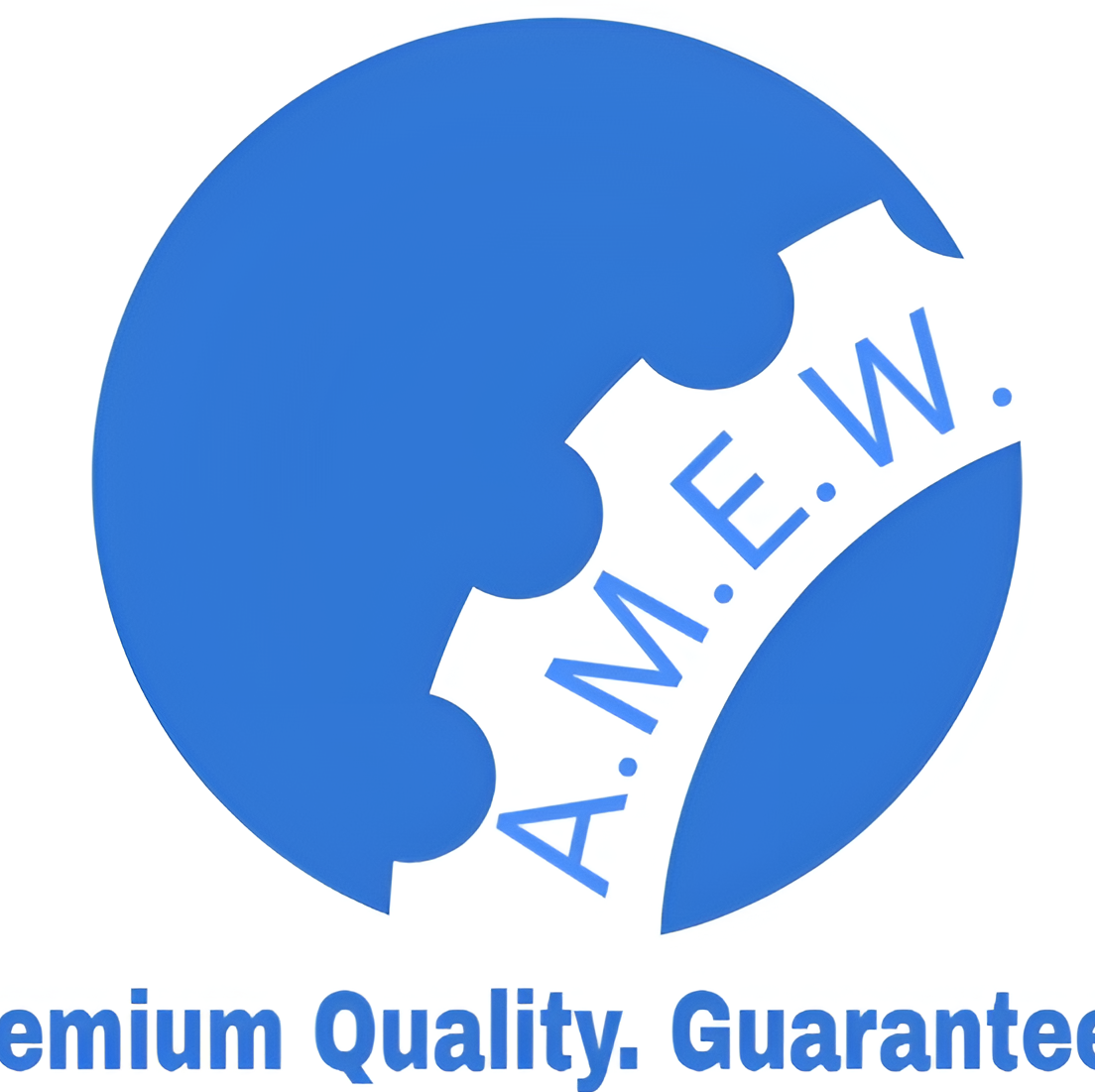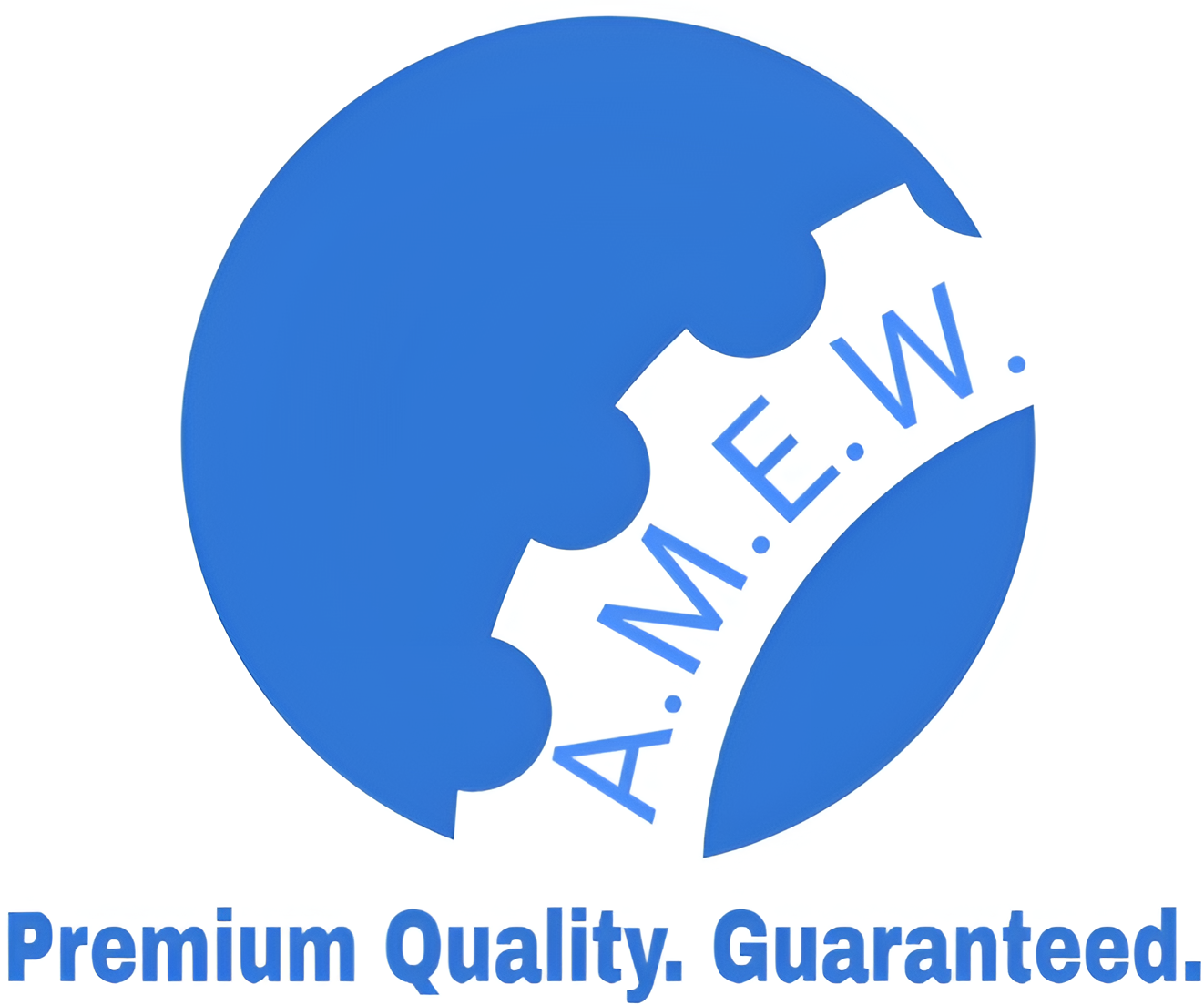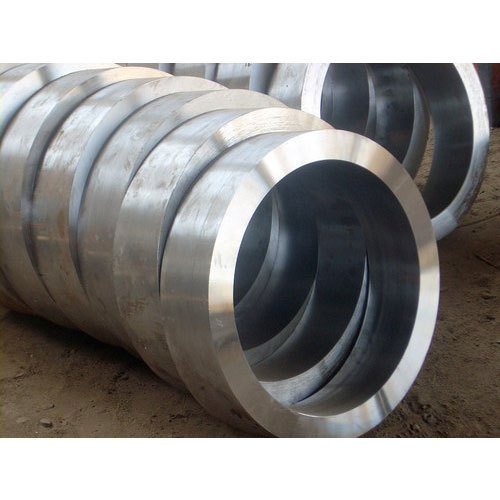Understanding Seamless Rolled Rings: Manufacturing, Benefits, and Applications
Seamless rolled rings play an essential role in various industries thanks to their durability, versatility, and reliable performance under extreme conditions. From aerospace to power generation, this specialized component has become a go-to solution for engineers and manufacturing professionals worldwide.
This blog will give you an in-depth look at seamless rolled rings, starting with their manufacturing process, key advantages, and applications. You’ll also learn about the different materials used and the quality control measures that make these components a trusted choice in high-stakes environments.
Whether you’re evaluating components for a new engineering project or looking for reliable procurement solutions, seamless rolled rings deserve your attention.
What Are Seamless Rolled Rings?
Before diving deeper, let’s clarify what seamless rolled rings are. A seamless rolled ring is a circular metal component with no welded joints. Created through a forging process, these rings offer superior strength and integrity compared to alternatives like welded or cast rings. Their seamless construction ensures consistent performance under high-pressure and high-temperature scenarios, reducing the risk of failures.
These rings are used in key industries such as aerospace, oil and gas, power generation, automotive, and production machinery, often forming the backbone of highly specialized equipment.
The Manufacturing Process of Seamless Rolled Rings
The production of seamless rolled rings is a meticulous process that balances precision and strength. Here’s a closer look at its key stages:
1. Raw Material Selection
Everything begins with selecting the right raw material. Manufacturers typically use steel, stainless steel, titanium, or other alloys depending on the requirements of the end application, such as temperature resistance or tensile strength.
2. Forging
The raw material is heated to extreme temperatures (above its recrystallization point) until it becomes pliable. A preform is created by punching a hole into the heated material, forming a doughnut shape.
3. Ring Rolling
The doughnut-shaped preform is placed on a rolling mill, where it is rotated and pressed to expand outward into a seamless ring. This process ensures the desired dimensions and shape.
4. Heat Treatment
After rolling, the ring undergoes heat treatment to enhance durability, strength, and resistance to wear and tear.
5. Final Machining
Once the heat treatment is complete, the ring may go through machining to achieve precise tolerances and surface finish based on specific project requirements.
The result is a high-strength, seamless rolled ring that performs exceptionally well under demanding conditions.
Key Advantages of Seamless Rolled Rings
What makes seamless rolled rings stand out from other alternatives? Here are some of their most noteworthy benefits:
1. Superior Strength
Compared to cast or welded rings, seamless rolled rings possess greater structural integrity. Thanks to their lack of welds or weak points, they can withstand intense stress without compromising performance.
2. Consistent Performance Under Extreme Conditions
Seamless rolled rings can handle high pressures, extreme temperatures, and challenging environments without distortion or failure. This makes them ideal for critical applications like jet engines or power turbines.
3. Material Efficiency
The forging process ensures that the material is evenly distributed, resulting in a high strength-to-weight ratio. This material efficiency can reduce waste and costs over time.
4. Customizable Dimensions
Seamless rolled rings can be manufactured in a variety of sizes, thicknesses, and diameters, offering incredible flexibility to meet diverse engineering needs.
5. Enhanced Durability
The heat treatment process improves resiliency to wear, corrosion, and fatigue, providing a long lifespan with minimal maintenance.
Applications of Seamless Rolled Rings
Seamless rolled rings bring value across a broad spectrum of industries. Here are some of their most common applications:
1. Aerospace
Used in jet engines, turbines, and landing gear systems, seamless rolled rings support the extreme demands of air travel, where reliability is vital.
2. Oil and Gas
Seamless rolled rings are used in pipelines, drilling equipment, and pressure vessels due to their capacity to handle extreme pressure and corrosive environments.
3. Power Generation
From wind turbines to nuclear reactor seals, seamless rolled rings help convert raw energy sources into usable power.
4. Automotive
Automotive manufacturers rely on these rings for gears, bearing components, and other mission-critical parts that demand durability.
5. Heavy Machinery
Seamless rolled rings are indispensable in industrial machines like crushers, presses, and cranes, where strength and reliability are non-negotiable.
Materials Used in Seamless Rolled Rings
The versatility of seamless rolled rings owes much to the variety of materials they can be made from. Material selection often depends on the intended application. Common options include:
- Carbon Steel: Affordable and versatile, carbon steel is ideal for general-purpose applications.
- Stainless Steel: Used for components requiring corrosion resistance, such as food-grade equipment and marine applications.
- Alloy Steel: Known for its toughness, alloy steel is a great choice for handling high-stress conditions.
- Titanium: Lightweight yet incredibly strong, titanium is often the material of choice for aerospace and medical applications.
- Nickel-based Alloys: These alloys offer exceptional resistance to heat, making them suitable for turbines and high-temperature settings.
Quality Control: Ensuring Reliable Seamless Rolled Rings
Given their critical role in industrial operations, seamless rolled rings undergo rigorous quality control measures to ensure they meet stringent standards:
- Ultrasonic Testing: Detects internal flaws or inconsistencies in the material.
- Dimensional Inspection: Ensures precise measurements to meet engineering specifications.
- Material Certifications: Confirms the use of the correct raw materials for durability and performance.
- Mechanical Testing: Assesses strength, hardness, and elasticity to verify the ring’s overall reliability.
- Visual Inspection: Checks for external defects like cracks or surface irregularities.
These quality control processes guarantee that seamless rolled rings deliver predictable and dependable results in even the harshest environments.
Why Seamless Rolled Rings are the Ideal Choice
Seamless rolled rings combine strength, versatility, and durability to offer unmatched performance in industries where failure is not an option. Whether used in aerospace, energy production, or manufacturing, they remain a preferred choice for engineers worldwide.
If you’re looking to incorporate seamless rolled rings into your projects, make sure to partner with a manufacturer that prioritizes quality and precision. Your operation’s success depends on components you can trust.


